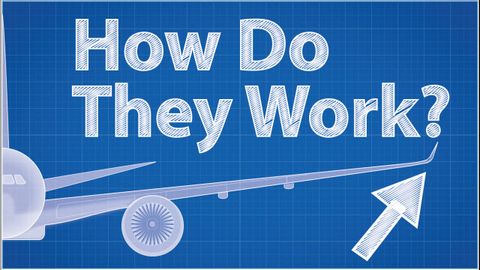飛機機翼尖端為什麼要翹起來?這巧妙的設計大有學問 (Winglets - How Do They Work? (Feat. Wendover Productions))
alex 發佈於 2022 年 01 月 14 日  沒有此條件下的單字
沒有此條件下的單字US /ɛnˈtaɪr/
・
UK /ɪn'taɪə(r)/
- adj.全體的 ; 完全的;未分割的;全緣的 (植物學)
US /ˈʌltəmɪt/
・
UK /ˈʌltɪmət/
- adj.最終的;基本的;根本的;最好的;最終的;最大
- n.飛盤爭奪賽;極致;終極
US /aɪˈkɑnɪk/
・
UK /aɪˈkɒnɪk/
US /ɪmˈpruv/
・
UK /ɪm'pru:v/
